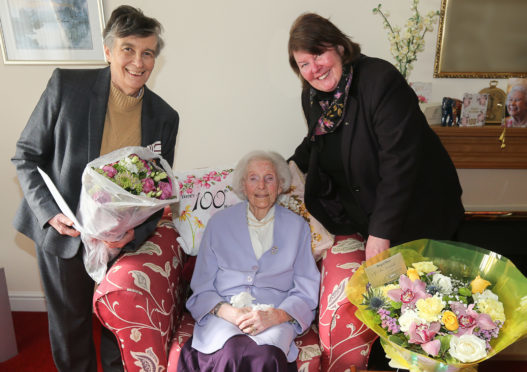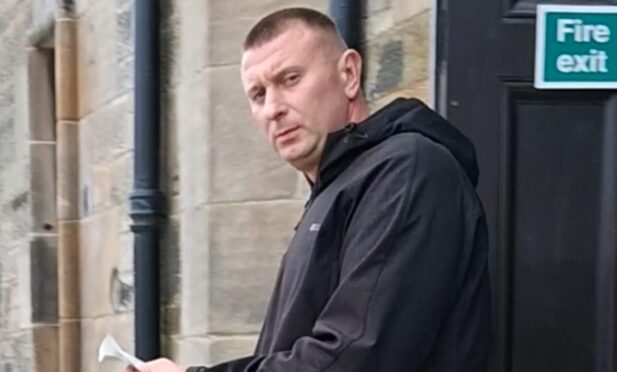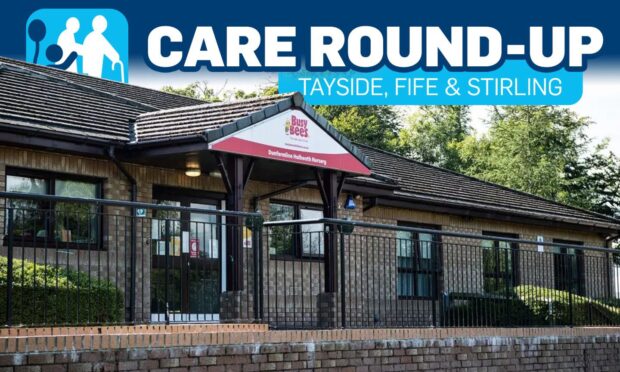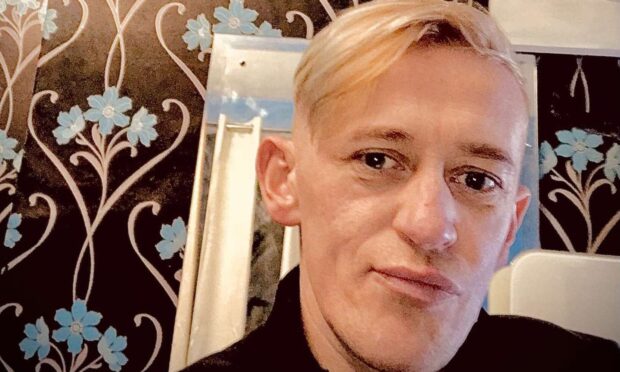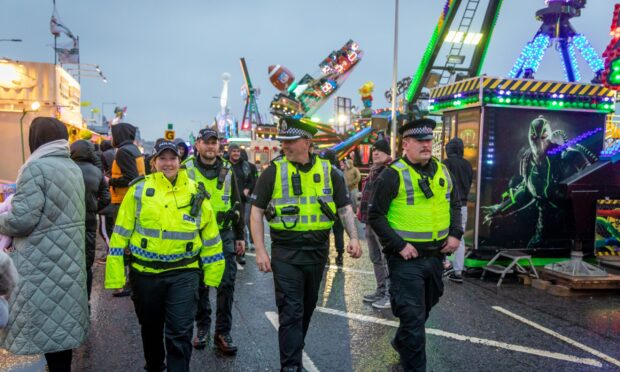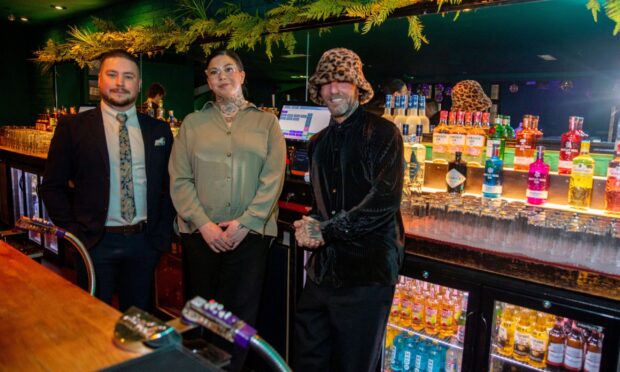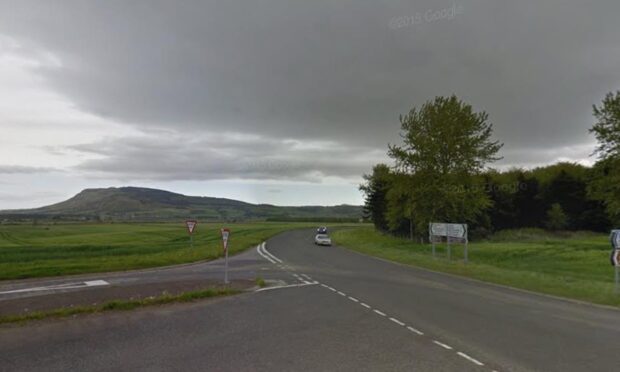The number of Fifers aged over 90 has more than doubled in a generation, new figures have revealed.
According to the region’s Department of Public Health annual report, the number of nonagenarians in Fife jumped from 1,021 in 1987 to 3,010 in 2016.
The figure is expected to more than double again in the next 21 years to 8,487.
NHS Fife director of public health Dr Margaret Hannah said the ageing population had brought with it an increase in age-related conditions such as dementia, presenting a challenge for the health service.
“Older people are a valuable asset to our communities in Fife, providing skills and expertise from life experience and support as carers and volunteers,” she said.
“But with an ageing population, age-related conditions such as dementia increase.
“New responses to meet the needs of this population sustainably in the long term are needed.”
The local trend is in line with the national picture where the number of people aged over 100 increased by 57% to 900 in the ten years to 2016.
Dr Hannah said the proportion of working age adults had decreased during the same period.
“It is well documented that there is an increasing proportion of older people in the Fife population,” she said.
“Today 73,685 people in Fife are aged 65 and over.
“This represents a fifth of the total population compared to 30 years ago when the figure was 15%.”
She said the proportion was expected to increase to 28% in the next 23 years, when 107,993 people living in Fife will be aged over 65.
More than half of those people will be aged 75 and over.
Dr Hannah pointed to the Fife Shine Programme as a good example of how services can be transformed to work differently with older people and their families.
The work aims to “help people thrive, not just survive” with long-term conditions and frailty and gives health workers the skills needed to help people make the best of their life circumstances.
More than 500 staff have been introduced to the approach, helping 15,000 people a year across Fife.
The result is improved outcomes for patients and fewer days in hospital.
Dr Hannah added: “Understanding our population, its size and structure, patterns of births, deaths and diseases and determinants of health…provides the basis for improving health and wellbeing, reducing health inequalities and ensuring our services take account of the needs of the population.”
